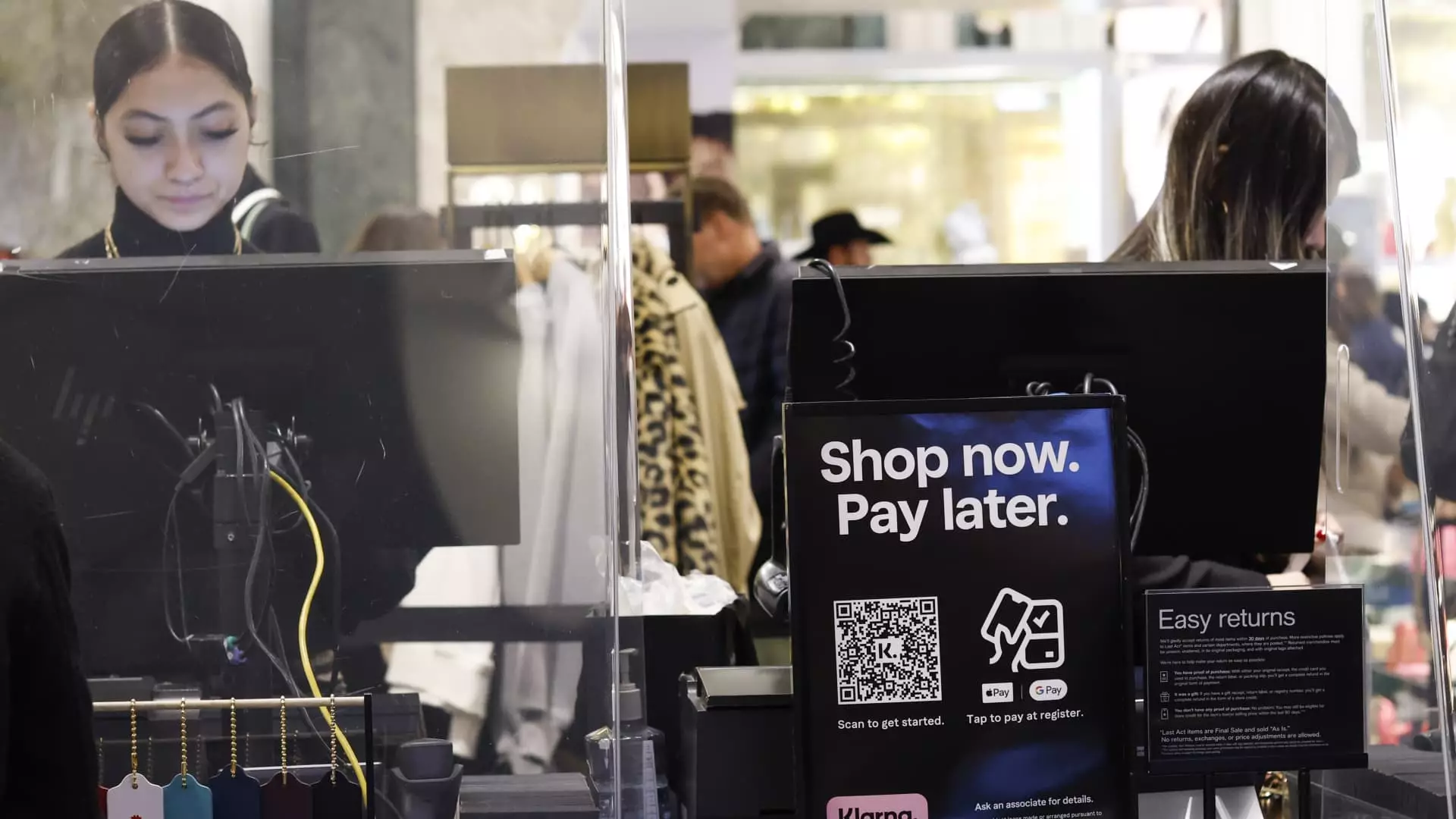The emergence of buy now, pay later (BNPL) solutions marks a significant turning point in how consumers engage with credit. What was once solely dominated by traditional credit cards is now being challenged by sleek, modern alternatives that promise greater flexibility and perceived financial empowerment. Companies like Affirm and Klarna tout their services as innovative responses to a credit system that has failed to evolve swiftly enough to meet contemporary needs. However, beneath this veneer of progress lies a complex web of implications that could reshape financial habits—often not in a consumer’s favor. This shift, while seemingly beneficial on the surface, raises profound concerns about consumer debt, financial literacy, and the stability of the credit ecosystem.
Consumer Empowerment or Illusion of Control?
At first glance, BNPL plans appear to democratize credit, enabling more people to make purchases without immediately exhausting their cash flow or risking their credit scores. For many, these solutions seem like a breath of fresh air—accessible, straightforward, and interest-free for short periods. But the truth is more insidious. By facilitating easy installment payments, BNPL services may encourage over-borrowing, especially among vulnerable populations who lack robust financial literacy. The frequent usage by nearly half of American consumers indicates a troubling normalization of this form of credit, potentially fostering a cycle of dependency. The allure of spreading costs may obscure the reality that many consumers are delaying, not avoiding, debt—a dangerous game when interest and fees can accumulate rapidly after the initial interest-free window.
The Undermining of Traditional Credit and Banking Stability
On a macroeconomic level, the proliferation of BNPL erodes fundamental banking revenue streams tied to credit card transactions. When consumers shift to alternative financing, banks lose transaction fees and interest income—core drivers of their profits. More pressing, however, is the opacity surrounding BNPL’s impact on individual credit profiles. Financial institutions and credit bureaus lack comprehensive data on these arrangements, which creates a significant blind spot in assessing creditworthiness. This regulatory and risk assessment void could lead to an unstable credit environment, where consumers accrue debt without proper checks and balances. Such a scenario threatens to undermine the integrity of credit scoring systems that are essential for the broader economy.
A Call for Cautious Optimism
While BNPL services undeniably offer short-term benefits—enhanced affordability, increased purchasing power, and convenience—they also pose serious long-term risks that must not be dismissed. As these services grow in popularity, a balanced approach is vital. Policymakers and financial institutions alike should advocate for transparent reporting standards and consumer education initiatives. Only then can BNPL serve as a genuinely empowering tool without fostering reckless borrowing or destabilizing the financial system. If unchecked, this trend may usher in an era where consumer debt spirals beyond control, challenging the principles of responsible lending and personal financial health.

